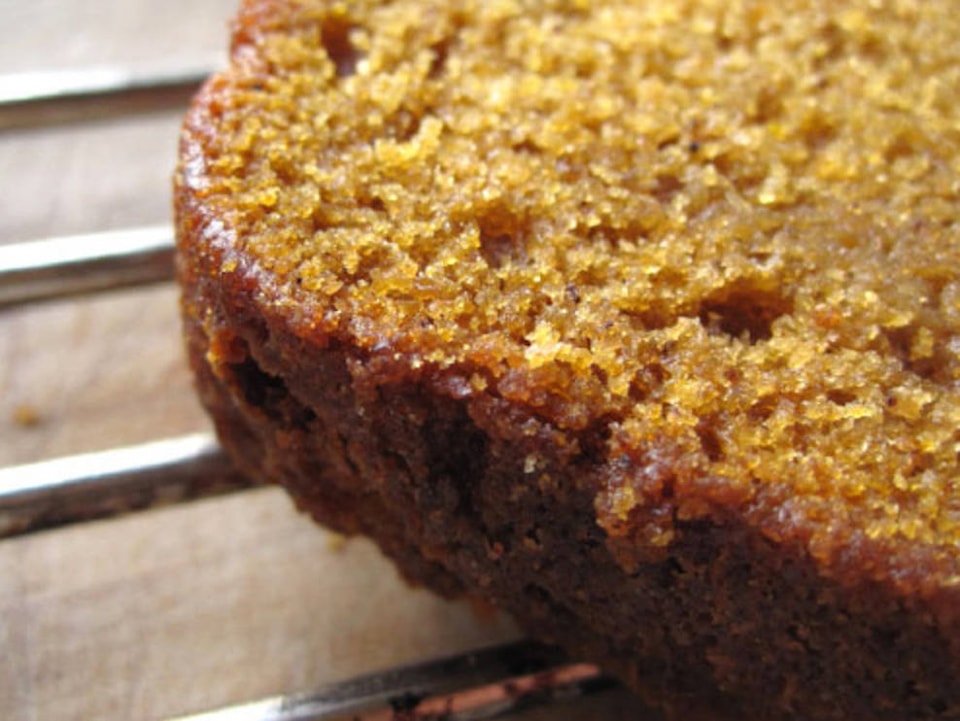Some of the simplest baking products to make are quick breads.
Quick breads, as the name implies, can be made in a shorter amount of time than traditional yeast breads. Examples would be banana bread, muffins, scones, etc., and although easier, there is still information worth knowing.
The biggest, and most obvious, difference between yeast breads and quick breads is that quick breads are not leavened with yeast. The term “leavening” can be described as the creating and capturing of gases in a baked product to produce structure and height. As yeast ferments, with the help of sugar, it creates gas that causes the holes visible in bread. Quick breads rely on leaveners such as baking soda, baking powder, steam, eggs and air to give a similar effect.
Baking soda and baking powder are considered chemical leaveners. Baking soda is sodium bicarbonate and it requires liquid and an acid to make a gaseous reaction. It is usually added to recipes that have a naturally occurring acid in the ingredients. This acid can be found in items such as vinegars, buttermilk, yogurt, sour cream, honey, molasses, fruits and even chocolate. The amount of baking soda used is determined and balanced by the amount of these acids occurring in the recipe’s ingredients.
Baking powder on the other hand is a complete leavener, as it only requires liquid for it to react in the same manner. The reason for this is that it contains a mixture of baking soda and the balanced amount of acid, along with starch to help prevent lumping. This is why you will see some recipes that call for baking powder and others with baking powder and/or baking soda. A good comparison of this would be a pancake recipe compared to a buttermilk pancake recipe.
Most quick bread recipes consist of mixing dry and wet ingredients in two separate bowls first before combining them.
Not only are quick breads fast, they are also very tender. This is due to the limited production of gluten in the mixing process. When flour and liquid are mixed together, gluten is formed. Gluten is most recognizable as the elastic feeling in yeast bread dough that has been kneaded. The longer that flour and liquid are mixed, the more gluten is created. Quick breads are similar to the texture of cakes and thus one should not over-mix to ensure a delicate composition.
Regardless of which chemical leaveners you use, the batter should ideally go into the oven immediately once mixed together, as the gases start producing immediately when the liquid is added. If using eggs and air to leaven, bake immediately before it deflates, for optimal results.
Once in the oven, heat will convert moisture in the batter to steam. The steam, air and gasses from leavening will be trapped in the batter, thus giving the product height and a fluffy texture.
Dear Chef Dez:
I love pancakes, but whenever I make them they turn out tough. I know it’s not the recipe because it is the same one that my mom uses and hers always turn out fluffy and delicate. Can you help me?
Sarah D.
Burnaby, BC
Dear Sarah:
Pancakes are much like quick breads as they should have a cake-like texture, hence the name pan-“cakes”. The biggest mistake made when preparing pancake batter is that one tends to over-mix. Over-mixing flour and liquid produces gluten, which will give it more structure. The more mixing one does, the more gluten is created, and the tougher the cooked pancakes will be. It is okay for your batter to be a bit lumpy.
Also, make sure you are not using “bread” flour, as it contains more gluten than all-purpose or pastry flour. I hope this helps.
Chef Dez is a Chef, Writer, & Host. Visit him at www.chefdez.com
